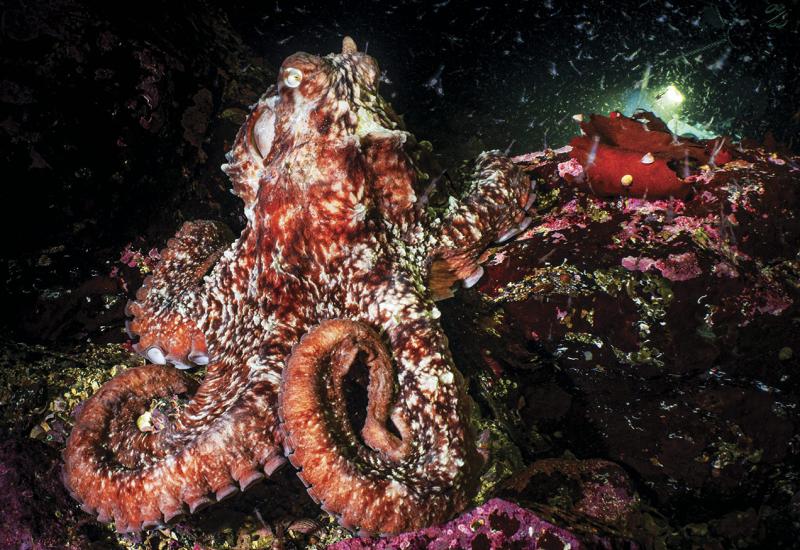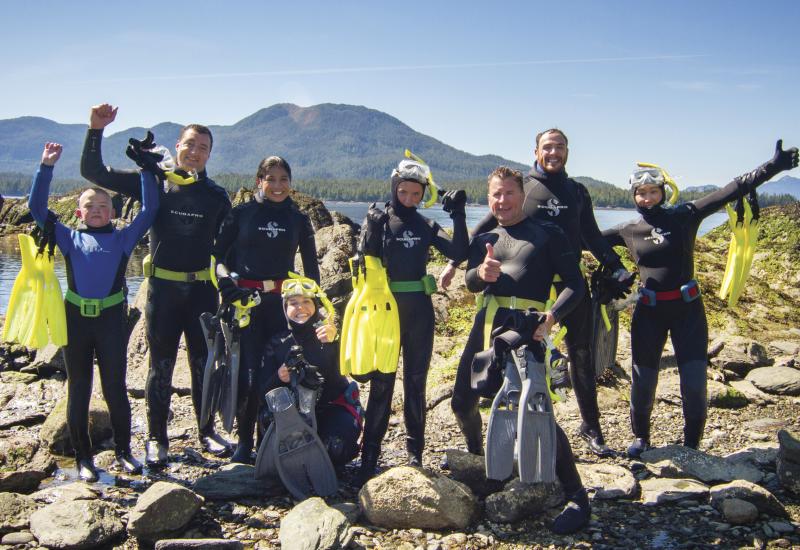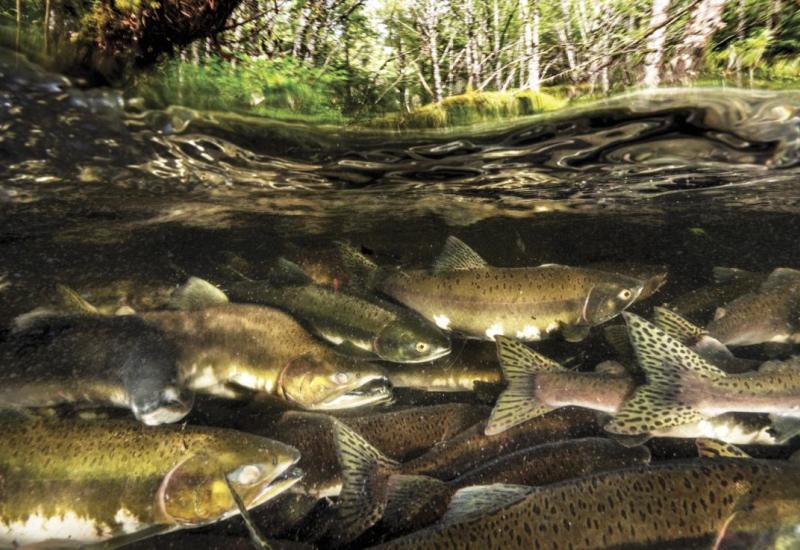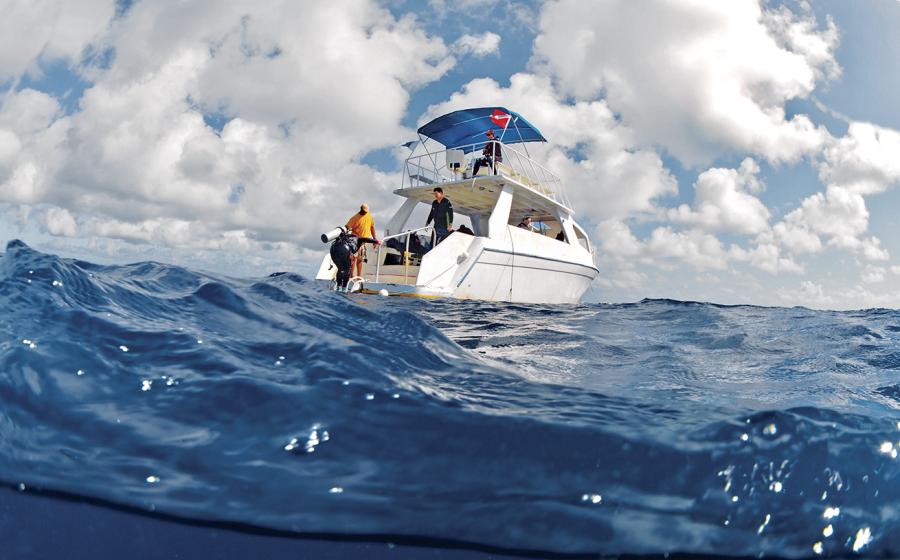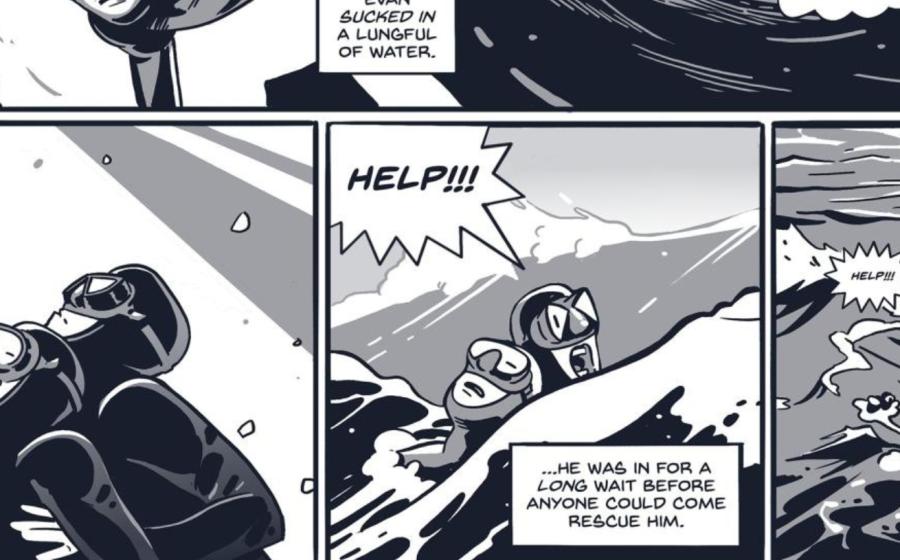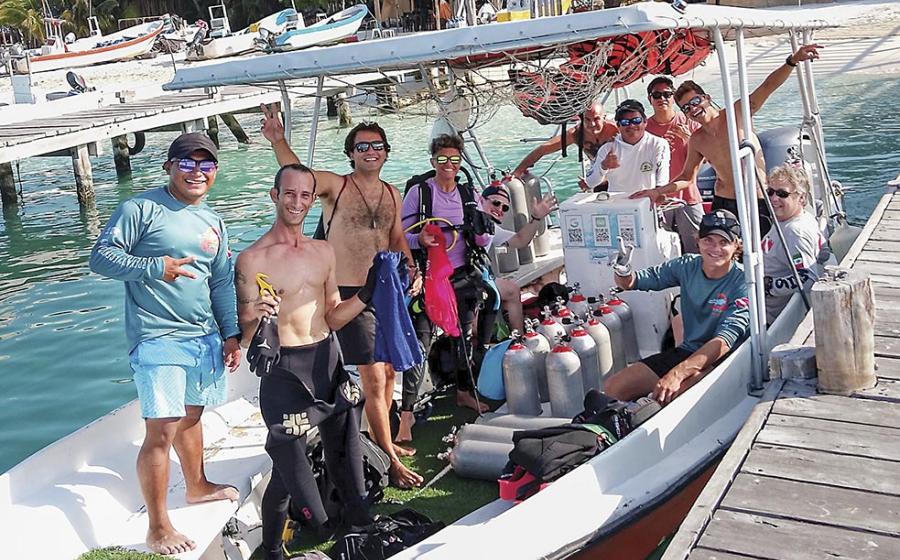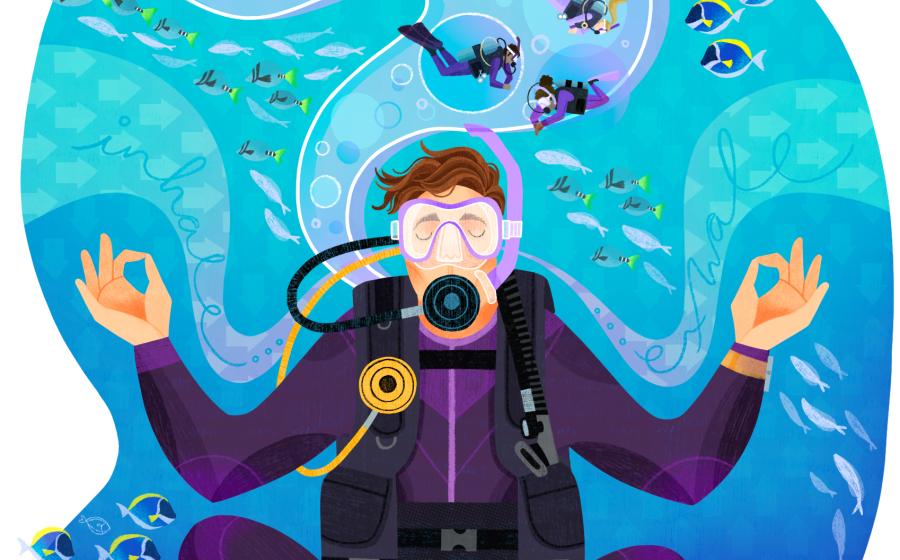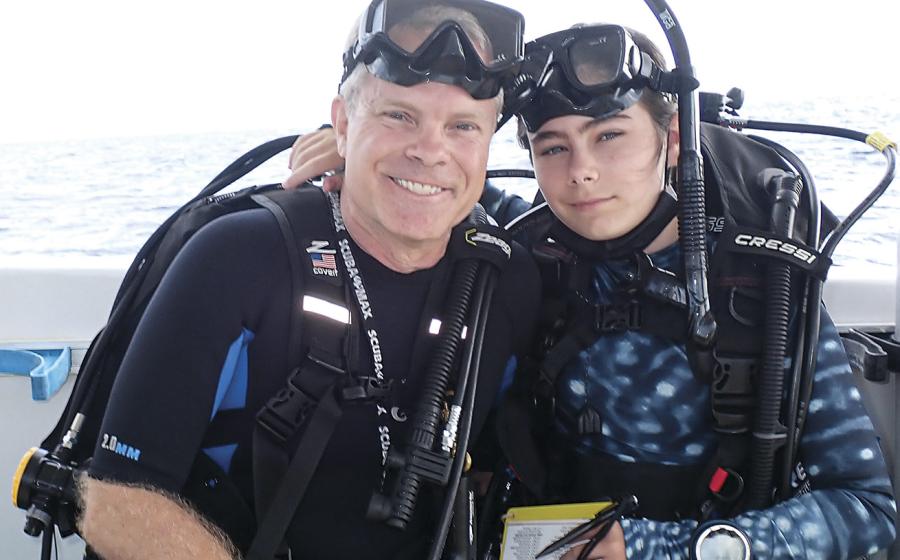Social Media Detects Sea Star Wasting Syndrome
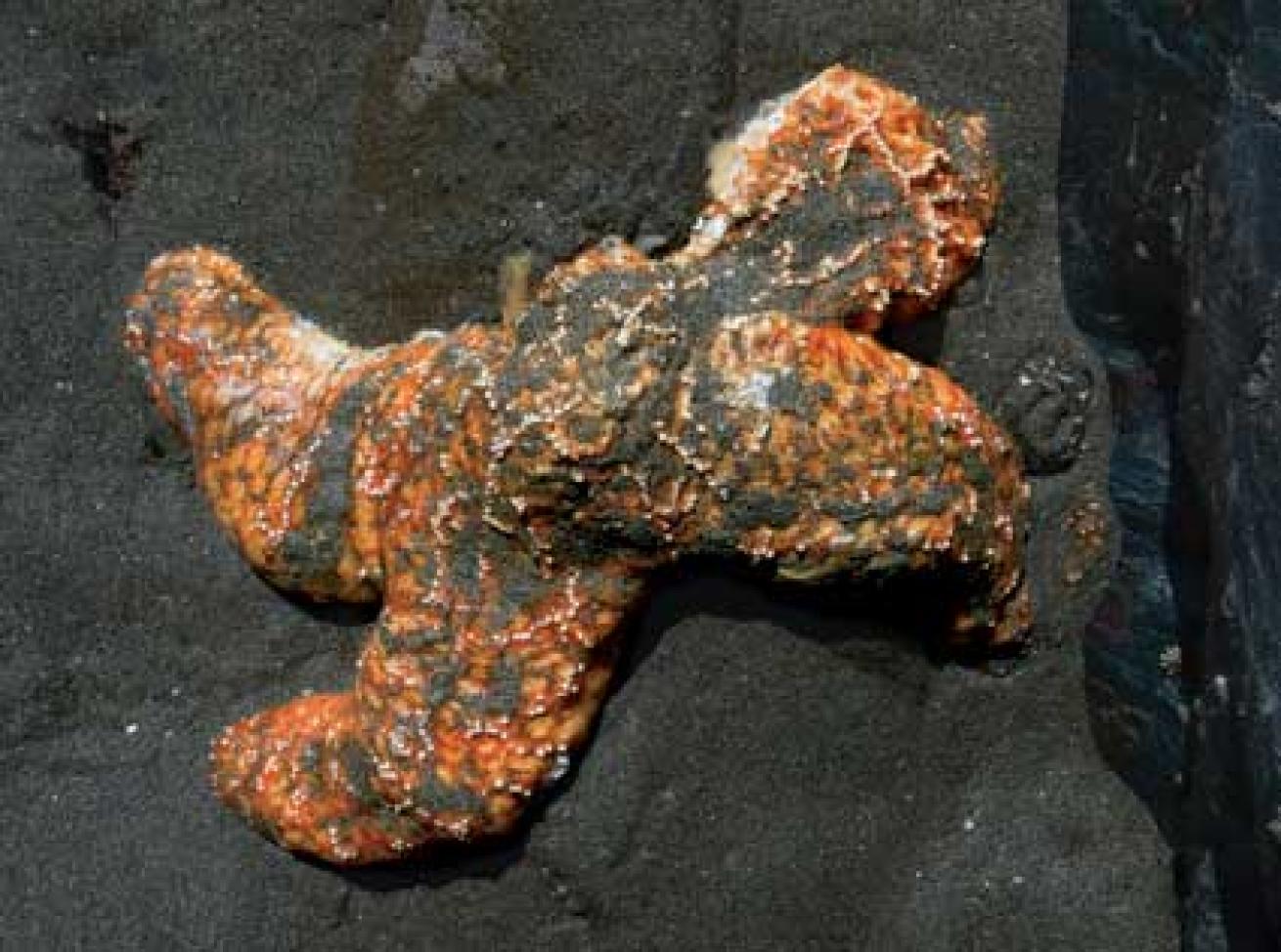
Kevin ClarkA wasting syndrome has devastated the ochre sea star population at Cape Blanco State Park.
First the sunflower stars melted, then the SpongeBobby ochre sea stars. "Arms were falling off," says Laura James, a Seattle diver.
The filmmaker captured some of the first footage documenting sea star wasting syndrome in late 2013. Soon, horror sotires echoed from Baja to Alaska's farthest islands, as history's largest marine-disease outbreak hit 20 West Coast species. Scientists scrambled for funding but trained volunteers, both in woefully short supply. "Divers and beachcombers wanted to help," James says. "But the research protocols seemed too cumbersome. We wanted to pitch in without dirtying up the official data."
Enter #sickstarfish: "Take a picture of the sea star or even the beach – with geolocation on – and upload it to instagram," she explains. "The report pops right onto the map. Instant gratification! And it raises a red flag to show scientists where to look." (The team compiles Twitter and Facebook hashagged posts too.)
The crowdsourced project broke the news of Oregon's outbreak and continues to guide researchers. Last winter, an inernational team cracked art of the code behind the die-offs: isolating a densovirus. "But it's been in our water for at least 70 years," James points out. "Why did things go crazy all of a sudden? A mutation? Pollution? A bacteria booster? Temperature changes? Shift in the plankton cycle? It's a mystery."
PBS sea star footage inspired Congressman Denny Heck (D-Wash.) to propose legislation that earmarks $15 million annually for rapid responses to infections like this.
In the meantime? "Speak up," James urges. "We're the eyes. Scientists can't study what they can't see."
**For more on marine conservation: **
20 New Protected Species | Marine Conservation Photography Tips | Cambodia's First Marine Protected Area


